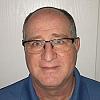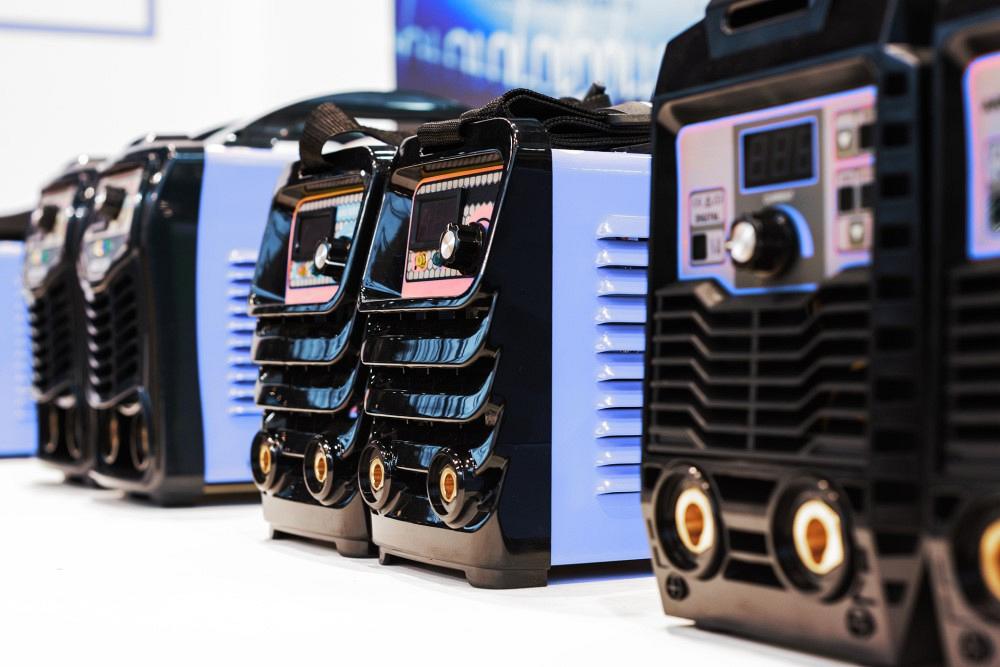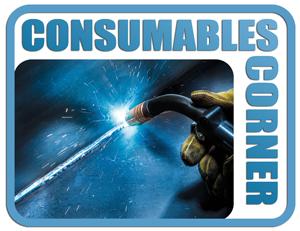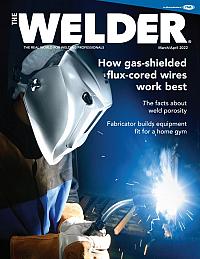Technical Liaison Manager
- FMA
- The Fabricator
- FABTECH
- Canadian Metalworking
Categories
- Additive Manufacturing
- Aluminum Welding
- Arc Welding
- Assembly and Joining
- Automation and Robotics
- Bending and Forming
- Consumables
- Cutting and Weld Prep
- Electric Vehicles
- En Español
- Finishing
- Hydroforming
- Laser Cutting
- Laser Welding
- Machining
- Manufacturing Software
- Materials Handling
- Metals/Materials
- Oxyfuel Cutting
- Plasma Cutting
- Power Tools
- Punching and Other Holemaking
- Roll Forming
- Safety
- Sawing
- Shearing
- Shop Management
- Testing and Measuring
- Tube and Pipe Fabrication
- Tube and Pipe Production
- Waterjet Cutting
Industry Directory
Webcasts
Podcasts
FAB 40
Advertise
Subscribe
Account Login
Search
Consumables Corner: The secret behind those preset weld parameters on your power source
- By David Meyer and Rob Koltz
- April 20, 2022
- Article
- Consumables
Q: Is there a general guideline for weld settings based on material type and thickness? I have seen that some small welding machines allow you to choose the material thickness and it will give recommended settings. How is that determined?
A: The short answer is no. There are many variables to consider before determining weld parameter settings, such as material type and grade, filler metal classification and diameter, shielding gas, welding position, weld joint and quality of fit-up, welder skill level, minimum and maximum heat input, and the postweld mechanical performance of the weld metal and base material.
The machines you're referring to are considered light-industrial or home hobbyist equipment. Typically, these types of machines are mostly used for repair work, autobody work, or small fabrications such as steel fences. Many of these applications do not require you to adhere to a welding code or specification that would dictate the welding parameters. Additionally, many of the individuals who would be using this type of equipment have little to no weld training or experience, so the manufacturer is trying to simplify the job for them.
The equipment manufacturers have based their preset welding parameters on previous testing of successful welds and integrated them into the equipment software. The data they are using would come from a procedure qualification record (PQR) or welding procedure specification (WPS). There are many tested and proven weld settings based on all the variables. Many older machines included a chart with recommended settings. In more modern machines, the manufacturers have programmed that information into the software.
In most of the machines, the software guides you step by step to determine the weld settings. You’ll have to input your welding process, filler metal type, wire diameter, and shielding gas. After you have entered the basic information, you adjust the wire feed speed (WFS) up or down, and on the display screen you will see the material thickness vary as you make those adjustments. When you increase WFS, the material thickness increases, which correlates to higher amperage, and conversely for lower WFS settings.
Once you have selected the approximate material thickness, the machine will determine a WFS and voltage setting as a starting point. These machines use a feature called a synergic line that determines voltage starting points based on the selected WFS and previously entered information, but it also allows you to fine-tune adjustments. These features combined simplify the process greatly for the welder, especially one who has limited experience.
About the Authors


Rob Koltz
Application Engineer
411 S. Ebenezer Rd.
Florence, 29501
636-485-2253
About the Publication
Related Companies
subscribe now

The Welder, formerly known as Practical Welding Today, is a showcase of the real people who make the products we use and work with every day. This magazine has served the welding community in North America well for more than 20 years.
start your free subscription- Stay connected from anywhere

Easily access valuable industry resources now with full access to the digital edition of The Fabricator.

Easily access valuable industry resources now with full access to the digital edition of The Welder.

Easily access valuable industry resources now with full access to the digital edition of The Tube and Pipe Journal.
- Podcasting
- Podcast:
- The Fabricator Podcast
- Published:
- 04/16/2024
- Running Time:
- 63:29
In this episode of The Fabricator Podcast, Caleb Chamberlain, co-founder and CEO of OSH Cut, discusses his company’s...
- Industry Events
16th Annual Safety Conference
- April 30 - May 1, 2024
- Elgin,
Pipe and Tube Conference
- May 21 - 22, 2024
- Omaha, NE
World-Class Roll Forming Workshop
- June 5 - 6, 2024
- Louisville, KY
Advanced Laser Application Workshop
- June 25 - 27, 2024
- Novi, MI

































